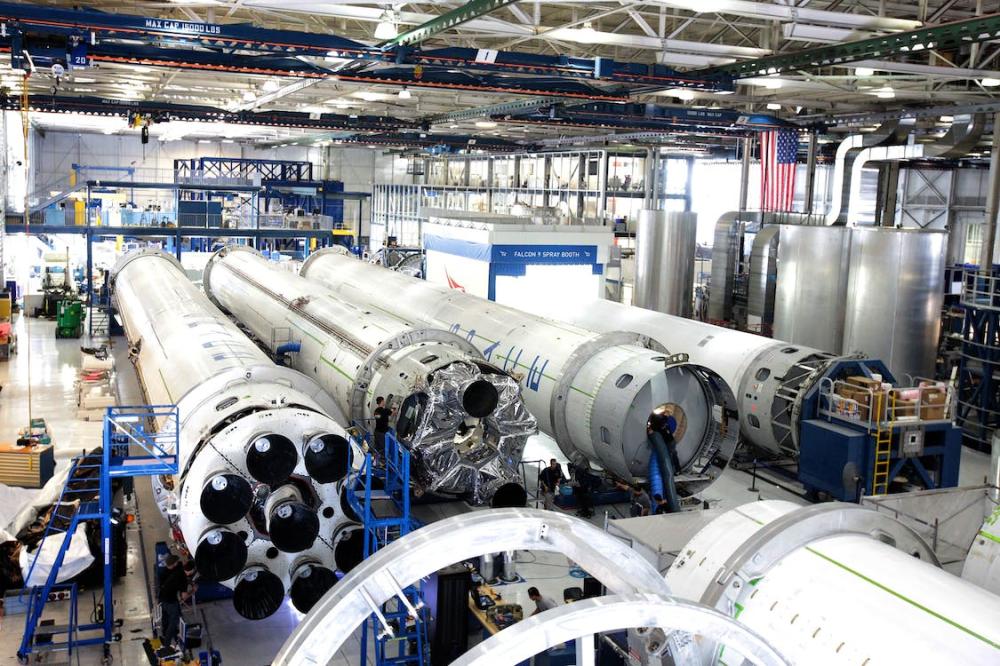In the contemporary world, packaging is pivotal in our daily lives. Starting with the food we eat or products we buy, packaging aims to preserve and protect products while also making them easy to use and transport. Recently, PET packaging has become very popular among many consumers.
But what really is PET packaging and why is it so popular? In this article, we will investigate PET packaging from the perspective of its application, benefits, and environmental issues. Our closer examination will also focus on the part played by PET packaging manufacturers in the production of these elastic and sustainable packaging solutions.
1. Understanding PET Packaging
PET (polyethylene terephthalate) represents a kind of plastic that is mostly applied in packaging. This material is used to make PET packaging and is renowned for its clarity, strength, and lightweight properties.
It is employed in wrapping a variety of products ranging from beverages, food items, personal care products, and household goods. PET packaging is in different forms like bottles, jars, trays, and containers thus it is suitable for a variety of applications.
2. Uses of PET Packaging
PET packaging is extensively used in many industries and applications because of its versatility and durability. In the beverage sector, PET bottles are commonly used to package water, soda, juice, and other beverages. These bottles are lightweight, shatterproof, and recyclable so they can fit both single-use and refillable applications.
In the food industry, PET packaging is used to pack up a wide range of products like condiments, sauces, snacks, and ready-to-eat meals. PET trays and containers are also frequently used for packaging fresh produce, meats, and deli items due to their clarity and moisture resistance.
3. Advantages of PET Packaging
PET packaging has a number of advantages which ensure its popularity among manufacturers, retailers, and consumers. One of the major advantages of using PET packaging is its lightweight nature that cuts down on the transport costs and the carbon emissions linked to shipping.
Also, the PET packaging is very strong and not brittle, keeping the products safe during transportation and storage. PET packaging is also transparent, which allows consumers to see through the packaging and make reliable buying choices.
Furthermore, PET packaging is recyclable, which means it can be collected, sorted, and reprocessed into new products, reducing waste and saving resources.
4. Environmental Impacts of PET Packaging
Despite the many advantages of using PET packaging, there are also some environmental concerns to consider. Similar to other plastics, PET packaging is manufactured from fossil fuels and takes energy to make. Furthermore, PET packaging that is improperly disposed of can be a cause of litter and pollution, which can be harmful to wildlife and ecosystems.
Yet, PET packaging is largely recyclable, and many municipalities have set up programs to collect and process PET packaging for reuse. Additionally, PET packaging manufacturers are researching new technologies and innovations to improve the sustainability of PET packaging, e.g., using recycled PET (rPET) in the production process and developing biodegradable alternatives.
5. Role of PET Packaging Manufacturers
Pet packaging manufacturer are of great importance in making eco-friendly, high-quality packaging for different industries. These manufacturers apply the latest equipment and process to extrude, mold, and thermoform the PET resin into different packaging products.
They provide customers with customized packaging solutions that are tailored specifically to meet their requirements such as size, shape and labeling/branding. PET packaging manufacturers follow the same stringent quality control standards required by regulators to meet expectations of consumer safety and performance.
Beyond the main actors, many PET packaging manufacturers are devoted to sustainability and are looking for ways to reduce their ecological footprint, by using energy-efficient practices, waste reduction and recycling.
6. Transformations of PET Packaging Technologies
PET packaging manufacturers are focusing on investing in research and development to enhance the sustainability and performance features of PET packaging. Advancements in technology are allowing for the manufacturing of thinner, lighter and environmentally friendly PET packaging without reducing quality or strength.
Advancements include emerging technologies like barrier coatings that extend shelf life, additives that improve recyclability, and substitutes made from renewable resources. Through integrating these innovations, PET packaging manufacturers play their part in reforming the packaging industry positively and hence creating a sustainable future for the generations to come.
Conclusion
Ultimately, PET packaging is a flexible and widely used packaging material that possesses lots of advantages for the producers, retailers, and consumers. From its strength and clarity to its recyclability and sustainability, PET packaging is an ideal choice for some varied uses.
Although PET packaging also has the environmental impact, the producers of PET packaging are making a lot of efforts to reduce this impact through various recycling programs, sustainable practices, or technological innovations. Consumers who select PET packaging may experience the convenience and features of modern packaging without jeopardizing the sustainability of future generations.






